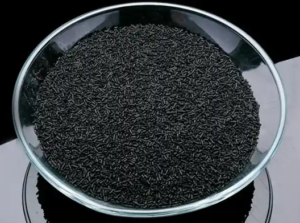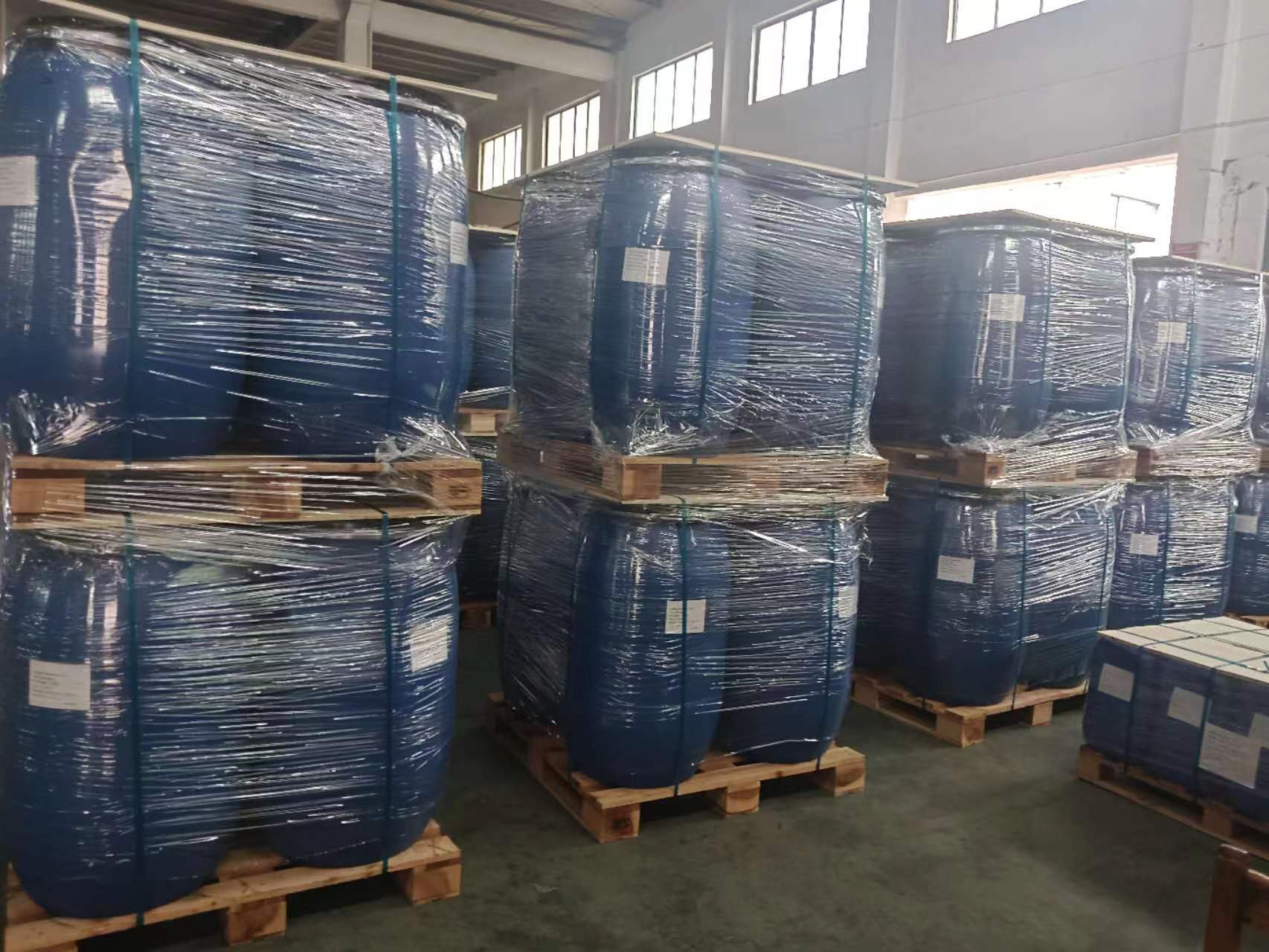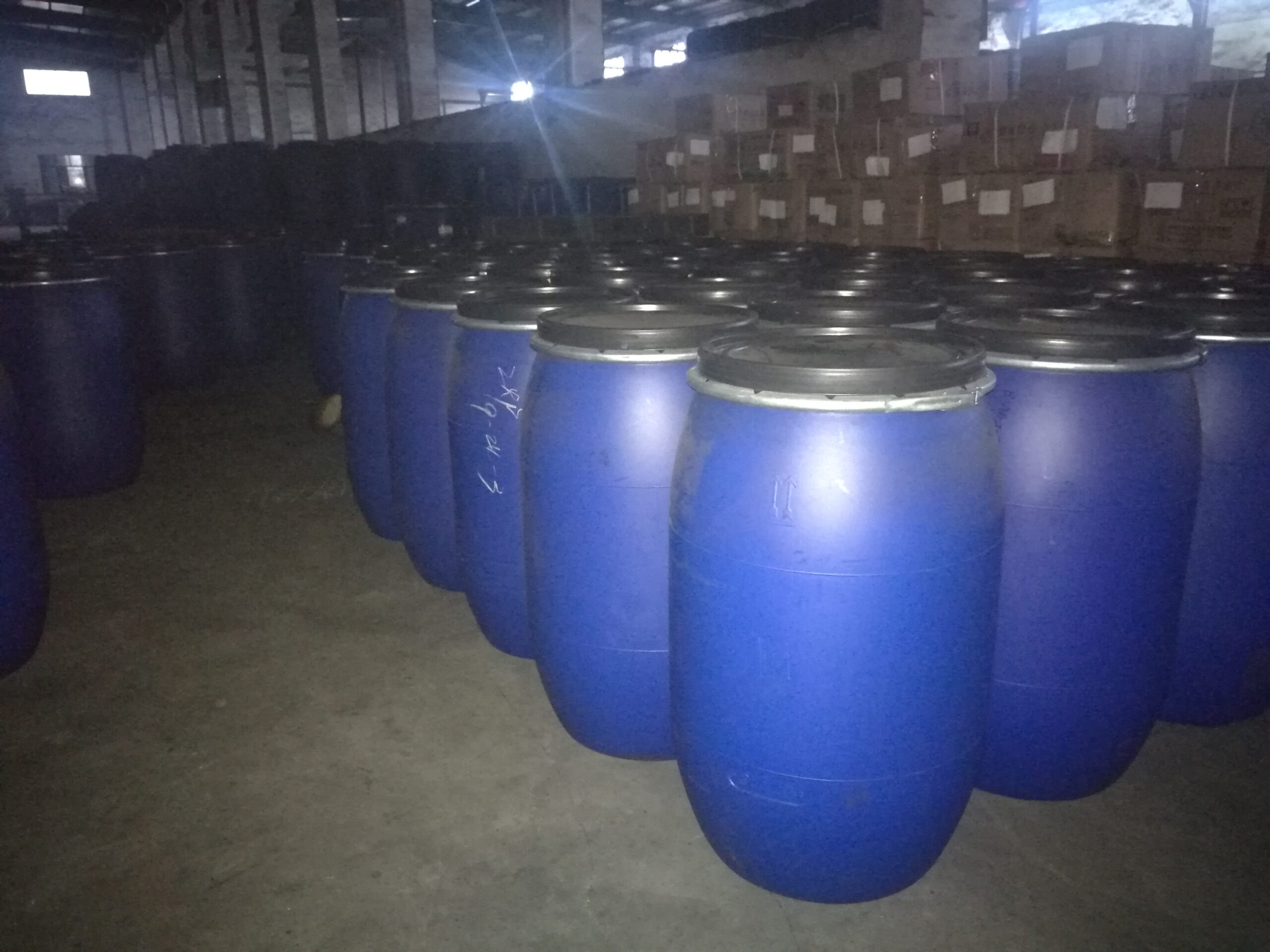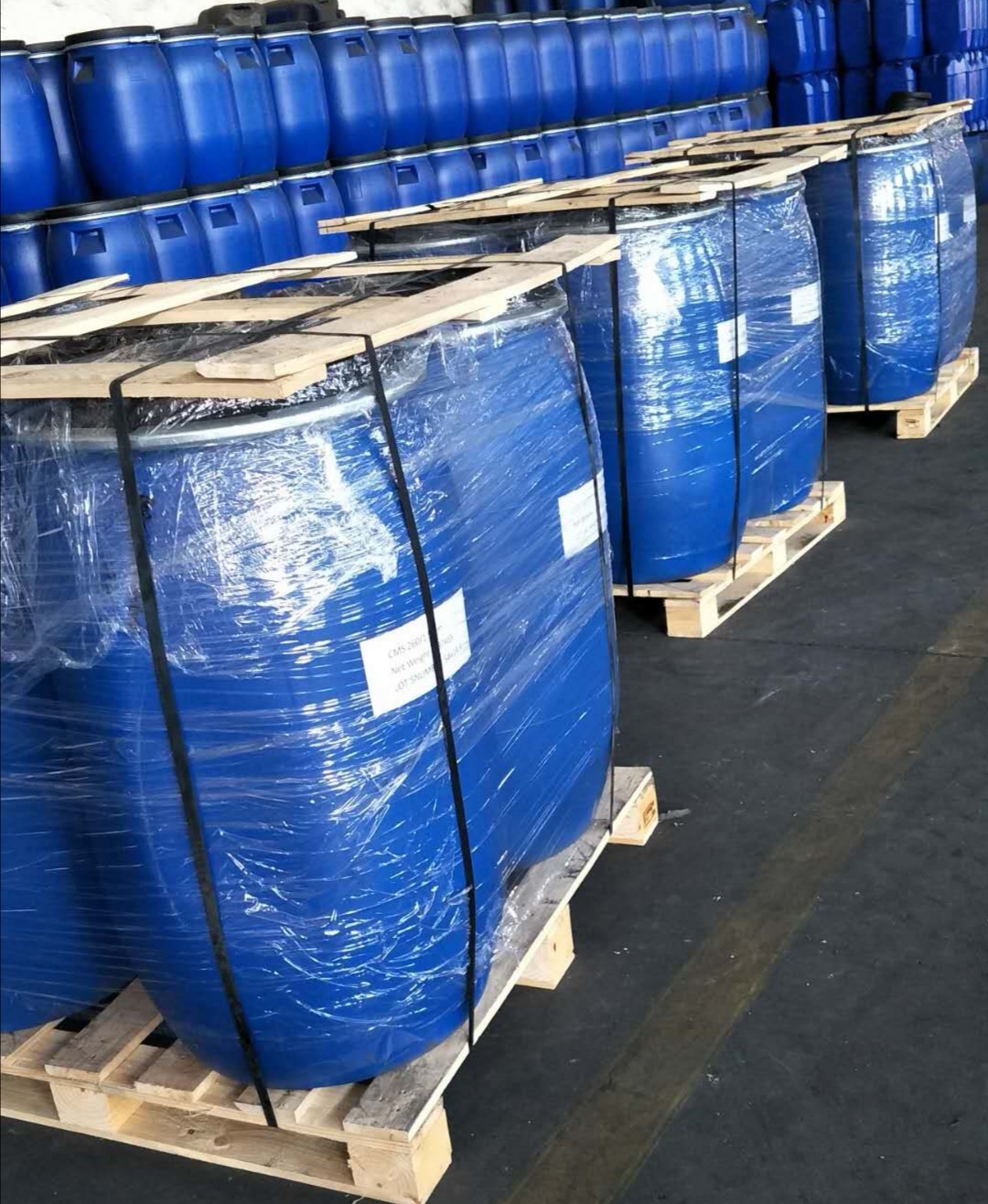Comparison of the adsorption capacity of molecular sieves and activated carbon for carbon dioxide
The common methods for carbon dioxide adsorption mainly include the following:
一、Chemical adsorption method:
This method utilizes the chemical reaction between the adsorbent and carbon dioxide to achieve adsorption. For example, amine-based adsorbents such as monoethanolamine (MEA) and diethanolamine (DEA) can react with carbon dioxide to form corresponding carbonates, thereby adsorbing carbon dioxide. This method has a large adsorption capacity, but the regeneration of the adsorbent is relatively complex, requiring a significant amount of energy to desorb carbon dioxide. Additionally, amine substances may experience certain losses and corrosion issues during use.
二、Physical adsorption method:
This method is based on the physical adsorption of carbon dioxide by the adsorbent. Common physical adsorbents include activated carbon and molecular sieves. Activated carbon has a rich pore structure and a large specific surface area, which can adsorb carbon dioxide through physical forces such as van der Waals forces. Molecular sieves have regular pore structures and selective adsorption properties for carbon dioxide molecules. The advantages of physical adsorption include relatively simple adsorption and desorption processes, and the adsorbent can be regenerated and reused. However, the adsorption capacity is relatively small, and there may be certain limitations in high-concentration carbon dioxide adsorption.
三、Membrane separation method:
This method separates and adsorbs carbon dioxide through specific membrane materials. Membrane separation technology utilizes the difference in the permeation rates of different gas molecules through the membrane to achieve separation. Common membrane materials include polymer membranes and inorganic membranes. Polymer membranes have lower costs but relatively poor stability and selectivity; inorganic membranes have higher stability and selectivity but higher costs. Membrane separation has the advantages of simple operation and low energy consumption, but the lifespan and stability of the membrane need to be addressed.
四、Low-temperature adsorption method:
This method utilizes low-temperature conditions to condense carbon dioxide into liquid or solid states, thereby achieving adsorption and separation. Typically, the gas is cooled to extremely low temperatures, such as around the temperature of liquid nitrogen (-196°C), to condense carbon dioxide, which is then separated through a separation device. This method has high adsorption efficiency but requires a significant amount of energy to provide low temperatures, making it costly. Additionally, the cost of low-temperature equipment and operation needs to be considered in practical applications.
The above are the common methods for carbon dioxide adsorption. Each method has its advantages and disadvantages and applicable ranges. In practical applications, the appropriate adsorption method should be selected based on specific circumstances.

Activated carbon has a significant adsorption capacity for carbon dioxide, and the adsorption amount changes significantly with pressure fluctuations. It is an excellent adsorbent for carbon dioxide. In contrast, molecular sieves do not have this property. They adsorb a large amount of carbon dioxide at low pressures, and the adsorption amount does not change significantly with increasing pressure. Desorption is difficult at low pressures, so they cannot be used as adsorbents for carbon dioxide.
Molecular sieves and activated carbon are both suitable for adsorbing methane in pressure swing adsorption (PSA). When the pressure change range is the same, the changes in equilibrium adsorption amounts are basically the same. However, molecular sieves have a stronger adsorption capacity for methane.
Molecular sieves for carbon dioxide adsorption
Molecular sieves are porous materials with specific pore sizes and shapes, which can be used for adsorption and separation of gas molecules. Carbon dioxide (CO2) is a common greenhouse gas that has attracted attention due to global warming and climate change.
Molecular sieve materials typically contain adsorbents such as activated carbon or metal-organic frameworks (MOFs), which have high selectivity and can adsorb specific molecules while not adsorbing others. For the adsorption of carbon dioxide, molecular sieve materials with hydrophilic and hydrophobic properties are usually employed.
During the carbon dioxide adsorption process, the gas flows through the molecular sieve bed, and carbon dioxide molecules are adsorbed in the channels on the surface of the molecular sieve. Other gas molecules pass through the molecular sieve bed and are collected on the other side. Once the molecular sieve is saturated, regeneration is required to release the adsorbed carbon dioxide and restore its adsorption capacity.
Molecular sieve adsorption of carbon dioxide is important in many applications. For instance, it can be used in industrial waste gas treatment, carbon dioxide capture and storage technology, natural gas purification, and carbon dioxide removal in air treatment. Adsorption of carbon dioxide is an effective method for reducing greenhouse gas emissions and controlling climate change.
It should be noted that the adsorption of carbon dioxide by molecular sieves is a physical adsorption process rather than a chemical reaction. Therefore, in practical applications, factors such as adsorption capacity, selectivity, and regeneration cost need to be considered, and combined with other technologies (such as compression, membrane separation, etc.) for overall treatment.

The adsorption effects of molecular sieves and activated carbon vary depending on the application scenarios and target adsorbates, and it is impossible to generalize which one is better. There are significant differences between the two in terms of adsorption principles, structural characteristics, and application fields, as detailed below:
一、 Differences in Adsorption Principles and Structures
Molecular Sieves
Principle: Based on the pore size sieving effect, only molecules with diameters smaller than the pore size can enter the pore channels. They have a highly polar surface and a high affinity for polar molecules (such as water and CO₂).
Structure: Crystalline aluminosilicate, with uniform pore sizes (0.3-1.5 nm), regular pore channels, and good thermal stability (resistant to temperatures above 500°C).
Characteristics: Strong selectivity (e.g., 3A molecular sieves are specifically for water adsorption), large adsorption capacity (e.g., 13X molecular sieves), and good reversibility (desorption temperature 180-200°C).
Activated Carbon
Principle: Physical adsorption is achieved through a highly developed microporous structure (pore size < 2 nm) and a large specific surface area (500-1700 m²/g). Surface oxygen/nitrogen functional groups can participate in chemical adsorption.
Structure: Amorphous carbon material with a complex pore structure (micropores, mesopores, and macropores coexist), and poor thermal stability (easily decomposes above 200°C).
Characteristics: Extremely high adsorption capacity (especially for large molecular organic compounds), low cost, and easy regeneration (thermal or chemical regeneration).
二、 Comparison of Application Scenarios
Application Field Molecular Sieve Advantages Activated Carbon Advantages
Gas Drying 3A/4A molecular sieves specifically adsorb water with thorough desorption (residual moisture < 0.1%), suitable for high-purity gas drying in electronics and pharmaceuticals. Low cost, but residual moisture after desorption is higher (1%-5%), requiring frequent regeneration.
VOCs Treatment 13X molecular sieves have high adsorption efficiency for low-concentration VOCs (such as toluene and xylene) with low desorption temperature (180°C) and low energy consumption. Honeycomb activated carbon is suitable for large air volumes with low-concentration VOCs, but desorption temperature needs to be above 250°C, with high energy consumption and flammability.
Desulfurization and Denitrification High temperature and corrosion resistance, suitable for high-temperature flue gas desulfurization and denitrification (e.g., Cu-ZSM-5 catalytic oxidation of SO₂). Poor thermal stability, easily fails at high temperatures.
Water Treatment Polar surface can adsorb heavy metal ions (such as Pb²⁺ and Cd²⁺), but requires pretreatment to reduce suspended solids. Large specific surface area, high adsorption efficiency for organic compounds (such as phenol), and low cost.
Air Purification High selectivity for small molecular organic compounds such as formaldehyde and TVOCs, but higher cost. Low cost, good adsorption effect for large molecular pollutants (such as benzene series), but prone to saturation.
三、 Summary of Performance Comparisons
Selectivity: Molecular sieves > Activated carbon (molecular sieves rely on pore size sieving, while activated carbon depends on physical adsorption).
Thermal Stability: Molecular sieves > Activated carbon (molecular sieves can withstand temperatures above 500°C, while activated carbon decomposes above 200°C).
Cost: Activated carbon < Molecular sieves (activated carbon prices are about 1/3 to 1/2 of molecular sieves).
Regenerability: Molecular sieves are easier to regenerate (low desorption temperature and stable structure), while activated carbon has significant regeneration losses (5%-10% loss per regeneration).
四、 Selection Recommendations
Prioritize molecular sieves: If high selectivity, high temperature resistance, or low-concentration pollutant treatment is required (such as gas drying and deep VOCs treatment).
Prioritize activated carbon: If large air volumes with low-concentration pollutants need to be treated (such as air purification and wastewater pretreatment) or if the budget is limited.
Combined use: In VOCs treatment, activated carbon can be used first to adsorb large molecular organic compounds, followed by molecular sieves to handle small molecular and difficult-to-degrade pollutants.
Conclusion: The adsorption effects of molecular sieves and activated carbon should be evaluated based on specific application scenarios. Molecular sieves have advantages in selectivity, thermal stability, and regenerability, while activated carbon is superior in cost and adsorption capacity. The actual selection should be based on a comprehensive judgment of pollutant characteristics, process conditions, and economic factors.



